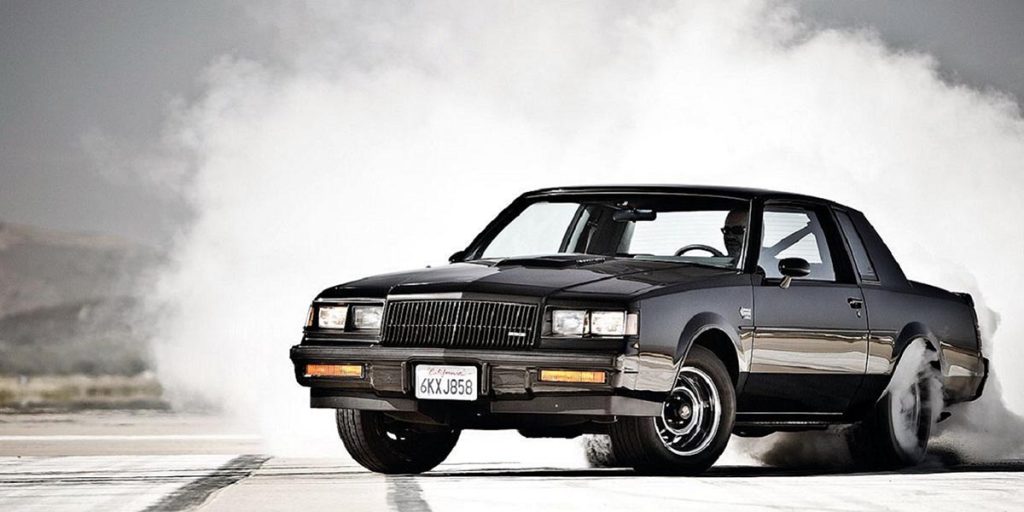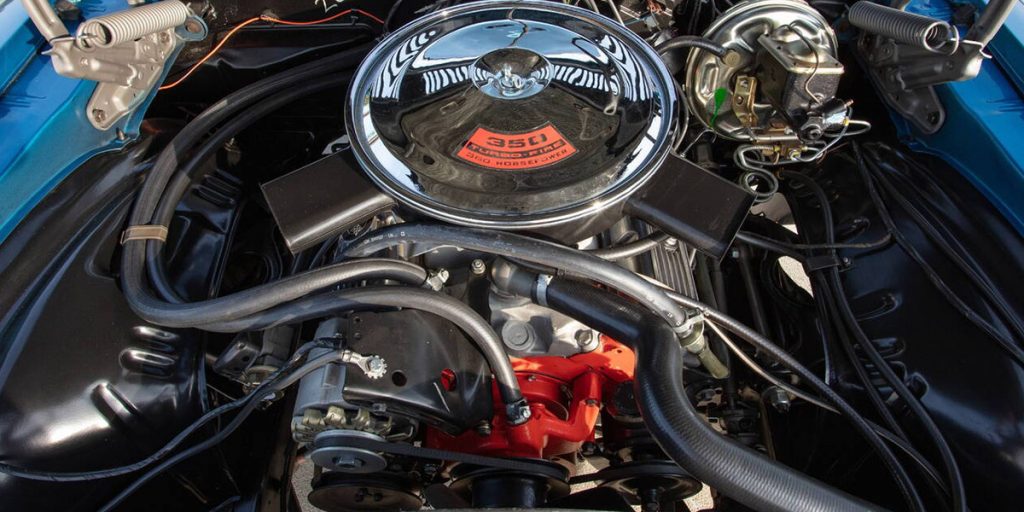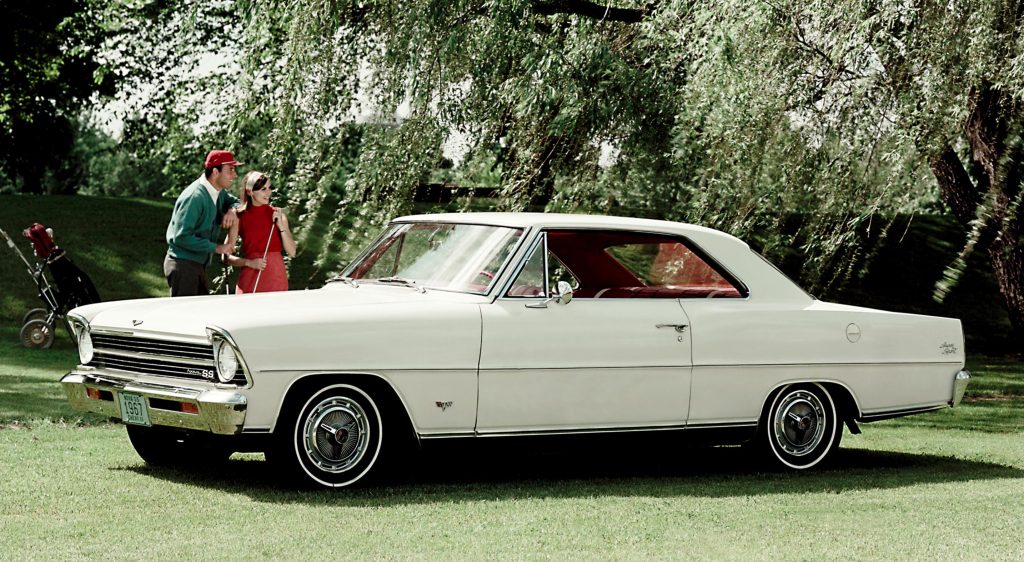Things That Are Killing Your Classic Car
Keeping your classic car inside a garage should keep it in pristine condition, right? Well there are things still working against it – nothing lasts forever. But by knowing these few things, you might be able to deter them and help preserve your precious ride.

Letting Your Classic Car Sit
By far one of the worst things you can do to your classic car is let it sit. While this may seem counterproductive, it’s the truth. Most would assume keeping their classic car tucked away in a garage is the safest place for it.
While that is a safe place, not driving it will still kill your classic car. Cars were designed to be driven and moved around. When you drive a car it moves fluids around so parts don’t lose their oil coating.
It’s bad for your tires to just sit as well – driving and getting some heat into them is good for them. This helps keep them pliable and prevents flat spots from happening. Just about everything on the car benefits from a light drive every now and then to keep things moving like they should.
Friction Within Your Classic Car
Going back to letting your car sit – friction is a silent killer. When the car is sitting, things are slowly sliding down. This might be oil on the cylinder walls, inside the transmission, or in the rearend. There’s also things like ball joints and steering where the grease is slowly moving down and out of the parts, which will cause excess friction when you do go to drive the car.

In Rust We Trust
They say the only two things guaranteed in life are death and taxes. With classics, rust is just about inevitable. You might think a perfectly restored classic car is safe as can be in a garage, barn, or under a car port.
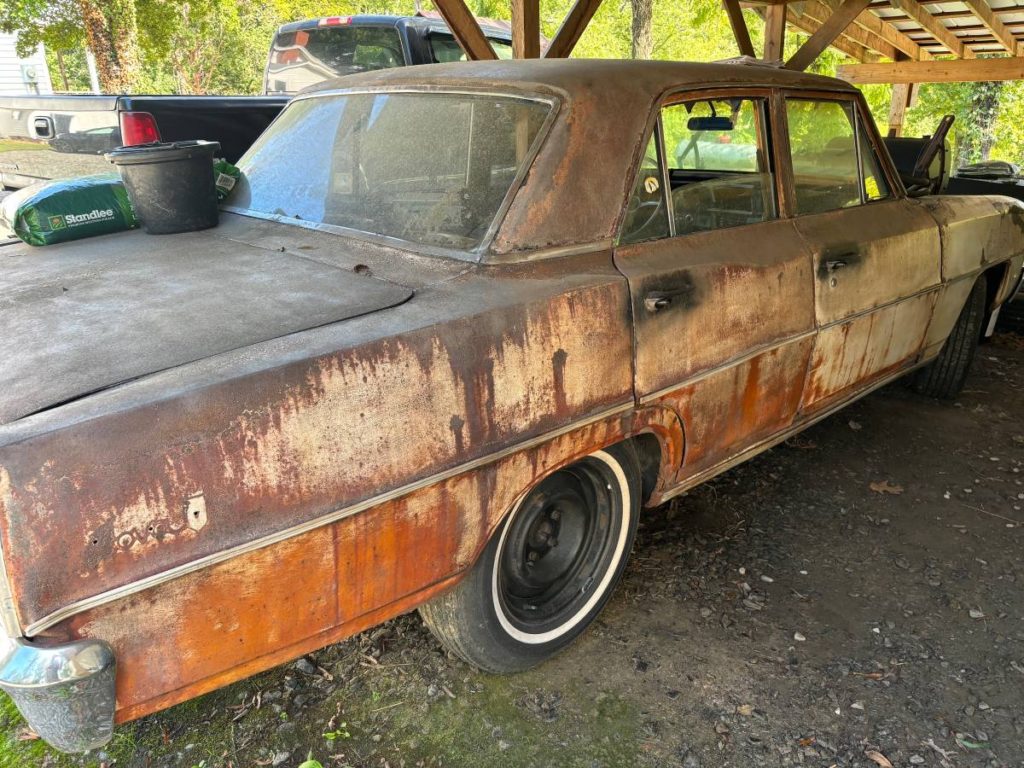
Hidden behind metal panels, inside frame rails, and other places you can’t see – your car is slowly rotting away. It’s unavoidable – but you can help by keeping a dehumidifier going to remove moisture from your garage.
Killer Garage Fridge
Speaking of corrosion in your garage – did you know that your garage fridge could be causing your rubber parts to deteriorate?
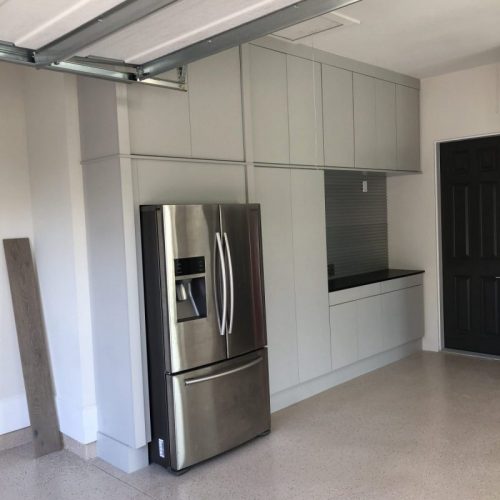
Refrigerators produce ozone as a result of electrical current moving around the inside of an electric motor. If you combine this ozone with sunlight, your tires and rubber seals can rapidly decline.
What's Eating Your Classic Car
While rust and corrosion are slowly eating away at your classic – there’s something else that could be eating away at your ride.
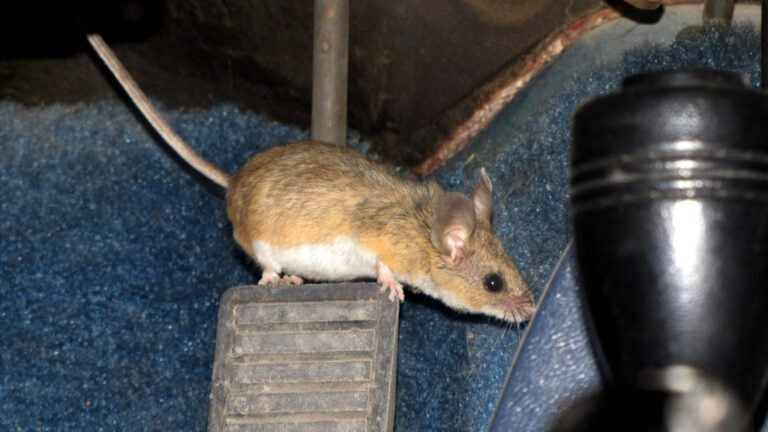
Rodents such as rats and mice love an unused classic car to create a home in. There’s plenty of wiring, upholstery and other soft materials for them to make little nests in. Moving the car around will curb this and if you’re in an area that’s more prone to rodent problems, take preventative measures.
Sometimes we don’t have a choice in the matter and have to let our classic cars sit. If that does happen, here’s an article talking about how to fire an engine that’s been in storage.
If you find that your car needs a few parts after sitting in the garage a little bit too long, hop on over to SS396.com for all your classic car parts or give our friendly techs a call at (203) 235-1200!

